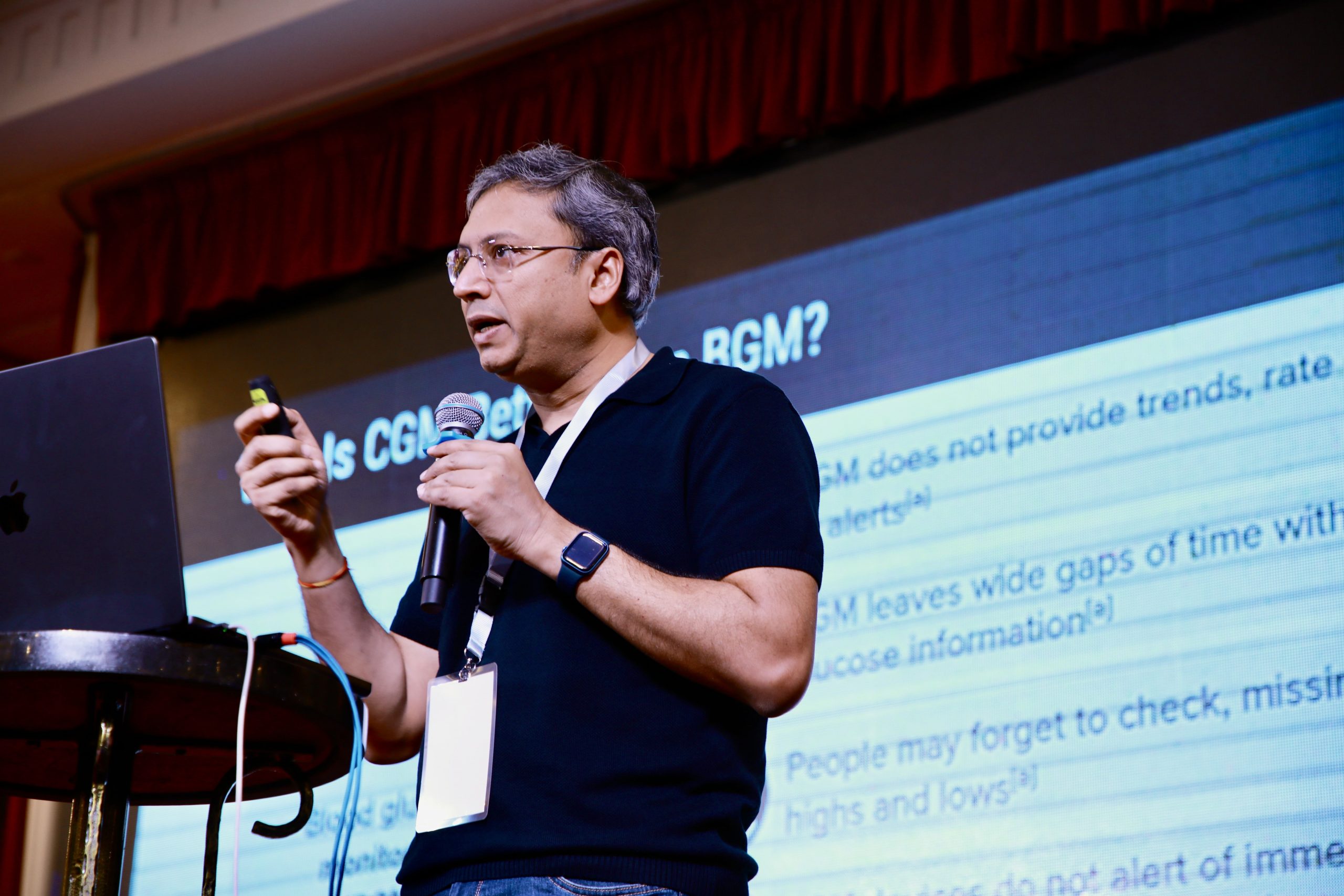Cracking the Dawn Phenomenon: Understanding and Conquering Morning Blood Sugar Spikes
Published on:December 29 2023
What is the dawn phenomenon, and how can we address it? Many individuals anticipate that their blood sugar levels should be relatively low upon waking in the morning after a night of fasting. However, a common observation is that even with no food intake throughout the night, fasting blood sugar can be unexpectedly high in the morning and peak during the day.
Recently, I reviewed the dynamic blood glucose meter data of a senior diabetic patient, revealing a spike in blood sugar in the morning after a gradual climb during the night. This perplexing occurrence is known as the dawn phenomenon, a fairly common experience for many.
In this article, we’ll explore the dawn phenomenon, understand why it occurs, and discuss potential solutions.
Why does the dawn phenomenon occur?
The term “dawn phenomenon” refers to elevated blood sugar levels in the morning, typically between 4 and 8 a.m. This phenomenon is a result of the body entering wake-up mode as the sun rises, preparing us for the day. Hormones play a crucial role in raising blood sugar during this period:
- Adrenaline prompts the muscles to release large amounts of blood to break down glycogen.
- Glucagon signals the liver to release glucose into the bloodstream.
- Growth hormone and cortisol work together in this wake-up process.
In the liver, two significant changes occur during these hours: glycogenolysis (release of stored glucose) and gluconeogenesis (conversion of protein to glucose). The body responds to the ensuing spike in blood sugar by releasing insulin, which transports glucose to cells, stabilizing blood sugar levels.
Dawn phenomenon in diabetes
The dawn phenomenon is a physiological event that can affect anyone, regardless of diabetes. In individuals with normal insulin secretion, this process operates smoothly. However, in insulin-resistant individuals, especially those on low-carb diets, the assembly line becomes jammed, leading to difficulty in processing elevated blood sugar.
For diabetics, especially those following low-carb diets, morning blood sugar levels can be higher than post-meal levels. Insulin resistance and the body’s inability to lower blood sugar without exogenous insulin are key factors contributing to elevated morning fasting blood sugar.
While a low-carb diet may lead to improved insulin sensitivity and reduced fasting blood sugar for many, severe insulin resistance may limit the extent of these benefits. It’s essential to consider additional markers beyond fasting blood sugar, such as glycosylated hemoglobin.
Besides the dawn phenomenon, various factors can contribute to elevated fasting blood sugar in individuals following a low-carbohydrate diet.
Cracking the Dawn Phenomenon: Understanding and Conquering Morning Blood Sugar Spikes
Related articles:

Celebrating Community Wellness: BUZUD Drives Preventive Care at Pharmacy Week 2025 – Health T.A.G. (Test, Advise, Go)
What a weekend it was at Pharmacy Week 2025 – Health T.A.G. (Test, Advise, Go),...

BUZUD Unveils AI-Driven Continuous Glucose Monitoring At 3rd Borneo Diabetes Conference
A new era of diabetes care is taking shape in Southeast Asia. At the 3rd...

BUZUD Supports Community Health at NUHCS Celebrates World Heart Month 2025
As part of NUHCS Celebrates World Heart Month 2025 on 13 September 2025, an initiative...



